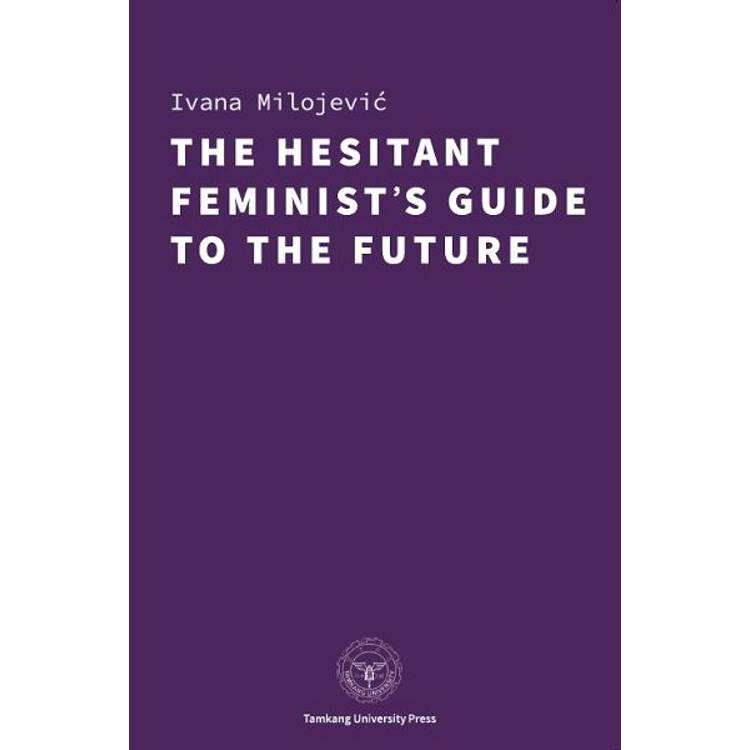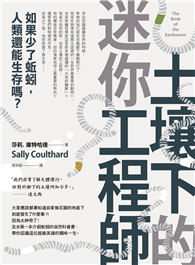| FindBook |
|
有 1 項符合
Ivana Milojevi的圖書 |
 |
$ 298 ~ 333 | The Hesitant Feminist,s Guide to the Future【金石堂、博客來熱銷】
作者:Ivana Milojevi 出版社:淡江大學出版中心 出版日期:2024-09-20  共 4 筆 → 查價格、看圖書介紹 共 4 筆 → 查價格、看圖書介紹
|
|
|
FOREWORD
At the beginning of 2024, I was invited to contribute to a project focused on women who engage in futures thinking and foresight. As a cornerstone of the project, a seminarwas planned to celebrate
International Women's Day. In preparation for the event, a vibrant exchange unfolded in a WhatsApp group. Participants, including myself, posed questions, suggested sessions, and explored shared concerns and interests. The following were some of the questions raised:
o Why do so many people, who agree with the principles of feminism, hesitate to identify themselves as feminists?
o What does feminism signify in 2024?
o How should we define it?
o Can individuals of genders other than women be feminists?
o Is feminism still relevant, or is it considered pass??
o Does the concept of feminism require rebranding?
o Should we discuss feminism in the singular or feminismS in the plural?
o Are we now closer to achieving the central feminist vision of an equitable future than ever before? Or perhaps as close as we've ever been? Or have we moved further apart?
o Has this envisioned future already materialized in some places, albeit with uneven distribution?
o What would the world look like if all genders have equal say - and
what implications would this shift have for our cities, economy, polity, diplomacy, environment, technologies, families, bodies, and minds?
In preparation for my own session, "Towards Feminist Futures (and Beyond)," I began to answer some of these questions. Granted, I have discussed some of these questions many times before. For example, Karen Hurley, Anne Jenkins, and I co-edited a special issue on "Feminist Futures" in 2008. In the introduction we noted that it had been nearly twenty years since journal Futures published another special issue on "Gender and Change," co-edited by Magda Cordell McHale and Peggy Choong. McHale and Choong summarised the need for the 1989 special issue as follows:
As we approach the end of the 20th centu
作者簡介:
Ivana Milojevic
University of Novi Sad Professor
University of the Sunshine Coast Professor (Associate)
1.CLA 3.0-THIRTY YEARS OF TRANSFORMATIVE RE-SEARCH
2.Transformer le Futur: l'Anticipation au XXIe Si?cle(2020)
3.Transforming the Future: Anticipation in the 21st Centu-ry(2018)
4.CLA 2.0: Transformative Research in Theory and Prac-tice(2015)
5.Alternative Educational Futures (Educational Futures Rethinking Theory and Practice)(2008)
6.Educational Futures: Dominant And Contesting Visions(2005)
13•A Historical Introduction: Of Spinsters and Man Haters
16•The Times They Are Changing?
19•Feminism vs Gender Equality?
21•Are You a Feminist?
23•Why Feminism?
30•When Feminism?
33•Embracing and Resisting (Feminist) Change
39•We Create Our Language, Then the Language Shapes Us
42•Miss/Mrs/Ms/Mx Meets Beowulf Meets Political Correctness
45•Are You a Feminist (Take Two)?
47•What Is Violence? Violence Typology
52•Beyond Patriarchy: Is Matriarchy the Alternative...
|











